Description
A Guide to Flexible Dieting
A Guide to Flexible Dieting examines some of the psychological and physiological reasons why diets so often fail. Primarily it focuses on the differences in rigid and flexible dieting.
Rigid dieters think in black and white, considering foods as good or bad, clean or unclean. The rigid dieter is either on or off their diet. When the rigid dieter “breaks” their diet, eating a small amount of disallowed food, they lose all control.
In contrast flexible dieters avoid thinking in those terms. No food is inherently good or bad and all can be eaten. As well, small diet deviations can be corrected for on the next day.
And study after study after study shows that flexible dieters are more successful than rigid dieters. They show less mental stress, fewer binges and lower bodyweights. Flexible dieters also have the most overall success dieting.
Flexible Dieting Strategies
A Guide to Flexible Dieting builds on that research, describing three distinct flexible dieting strategies to help people diet more flexibly. This includes free meals, refeeds and the full diet break.
Free meals refer to a single non-diet meal, meant to help with adherence and cravings. Refeeds are short periods of high-carbohydrate intake to help limit the body’s adaptations to fat loss.
The full diet break is a 10-14 day where dieters raise calories to maintenance. This helps with long-term adherence and metabolic adaptations. It also lets dieters practice maintenance eating.
The book discusses each strategy in detail with specific guidelines for their implementation. This includes their frequency of use, set up and what red flags to look for if they don’t work.
General information on the reasons diet may fail along with guidelines for setting up maintenance diets are also included.
There are no guarantees when it comes to fat loss dieting. But adopting flexible eating attitudes can help increase your chance of success.
Real World Results
“I’ve read a lot of diet books, and most have gotten me to lose weight, but this is the first book that helped me learn how to keep the weight off. And no other diet allowed me to eat the foods that I enjoyed and lose weight. This book helps you to figure out how to eat while losing, maintaining or gaining without getting into the minutia that other plans do.
With this book I was able to go from around 20% bf to 14% without killing myself, and all the while maintaining the muscle mass I already had developed. I’m using right now to gain some more muscle mass while trying to limit body fat gained, with very good results thus far. I would highly recommend this as the first and possibly the last diet book that anyone could ever need.”
– Mike, Washington
“I would like to commend this easy to read book which describes in adequate detail the logic and science behind a flexible approach to dieting. This is the one for people who want to customize their own eating plans going from basic principles that work and are backed with research. This is not a cookie cutter or paint by numbers approach for dummies, but a method of thinking flexibly about the whole business of adjusting diet to suit one’s needs, whether for weight loss or maintenance.”
– Dr V Lewis. Queensland Australia
Professional Feedback on A Guide to Flexible Dieting
“For many people, dieting is synonymous with eating dry chicken and broccoli six times a day, starving themselves and generally feeling miserable. If more people would learn the basics of how the body mobilizes and burns fat, more people would be able to achieve their goals, lose weight and keep it off. As Lyle himself would say: The best diet is the one you can actually stick to over time, and in The Guide to Flexible Dieting book he teaches you just how to do so.
I find this book to be the best starting point for people on how to learn more about the physiology of dieting, how to implement dieting principles based on science which works time and time again, avoiding the most common errors, implementing free meals and refeeds to make the diet even more effective (nothing is called “cheating” or “breaking the diet” here), and how to move back to maintaining your weight in a simple and easy way – even without counting calories.
This is the best book for everyone who is tired of failing on their diets, or their diets failing them – and I highly recommend it for those who want to learn the mindset of successful dieters instead of strict meal plans which never work anyway.”
Borge (aka Blade) – Norway
MyoRevolution
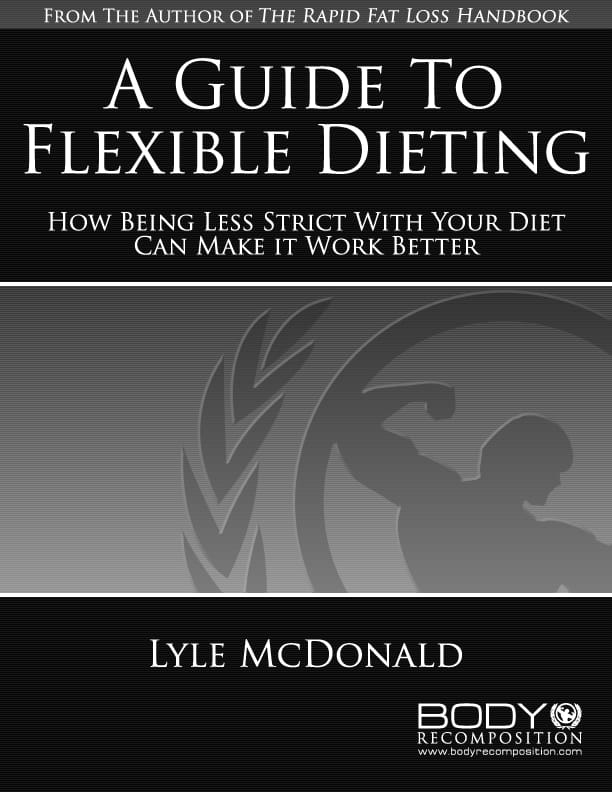
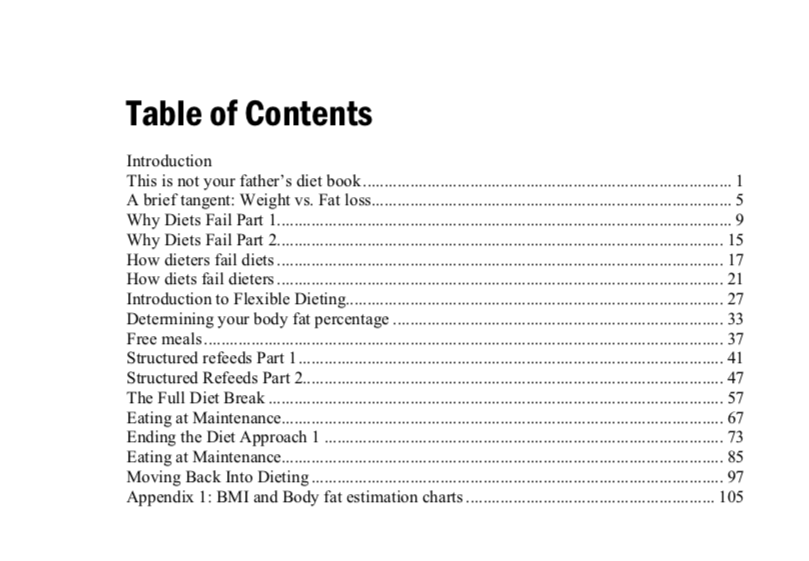
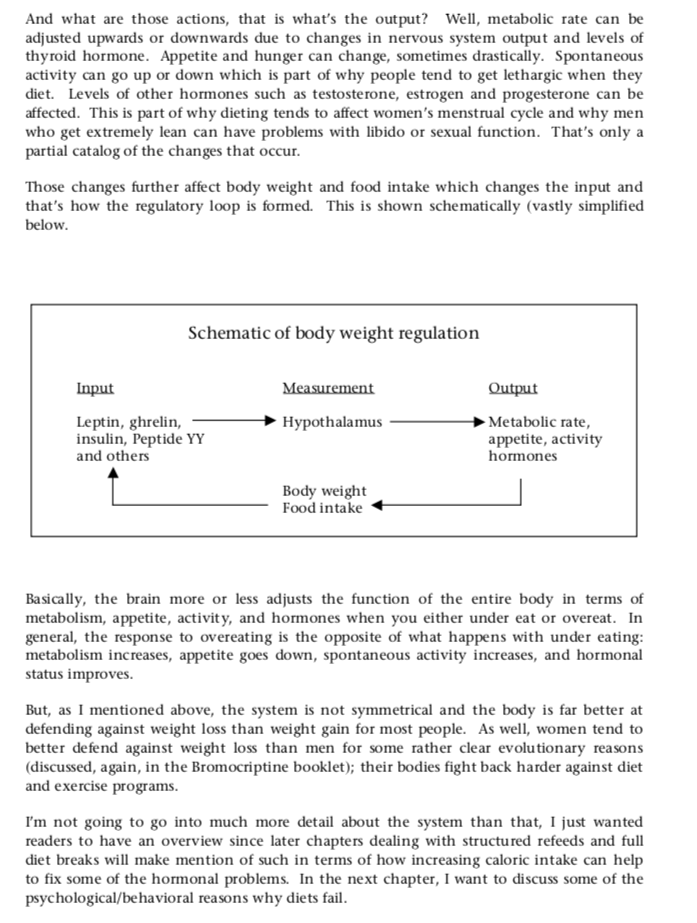

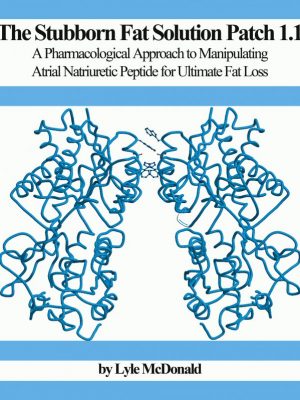
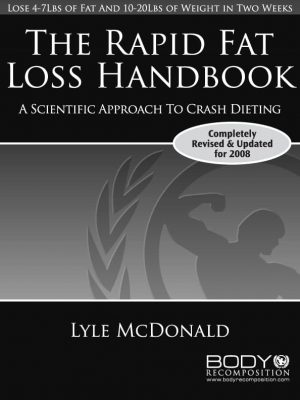
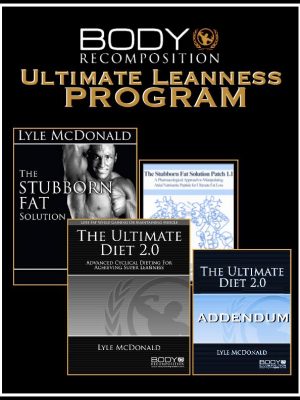

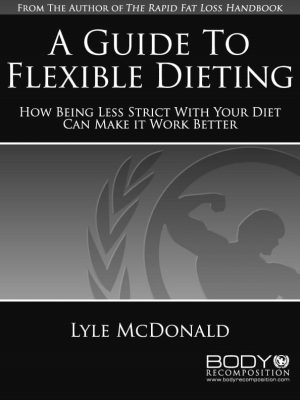
Stephen kendall –
A diet book like no other. Explains all aspects of dieting and more importantly how to schedule free meals, refeeds and diet breaks.
Also goes in detail about what to do after you go off the diet.
Kurt –
I bought this in 2005 or 2006 and nobody was talking about diet breaks and refeeds on long diets when this came out, the common advice was to just use “willpower” to stick it out. If there was ever a clear example of Lyle being far ahead of the fitness game (or rather, the rest of the field catching up) – this is it.
The advice given is just as useful today as it was then and I highly recommend it.
Becky M –
I can’t decide if this book or the Ketogenic Diet is my favorite. I read the Ketogenic Diet first and was blown away by the quality of information. This one is more useful to my current efforts to get to and stay at a healthy weight or body fat percentage. I think I’ve come to expect a certain level of quality and readability so it wasn’t as surprising to see it here. If I’d read it first, I’d probably find it to be my clear favorite. The info on refeeds and diet breaks was new to me and very interesting. I like that he really addresses the psychology of dieting and finding something you can live with, that works with your goals and quirks, while also giving info about minimum / ideal macros on nutrients and where different breakdowns in macros might be useful. I think this book probably makes the best starting point of all the books here – a good baseline that can be built on with others filling in more details depending on your goals.
Shelly –
My favorite of Lyle’s books. Practical and informative. Dieters sometimes need to be talked down off the ledge and this book provides good, calming advice while also including lots of info on what to do at each stage of a dieter’s experience.
Tom –
I’ve been following Lyle on and off since the early days of internet chat groups. I always found his information to be solid, backed by a combination of real science and field experience. All I can say is that this ebook provides a great weight loss framework with great practical guidance and advice. It is a shame more people don’t know about it.
Claudia –
This is the Bible of dieting! If I could recommend only one book about dieting I would definitely chose this!